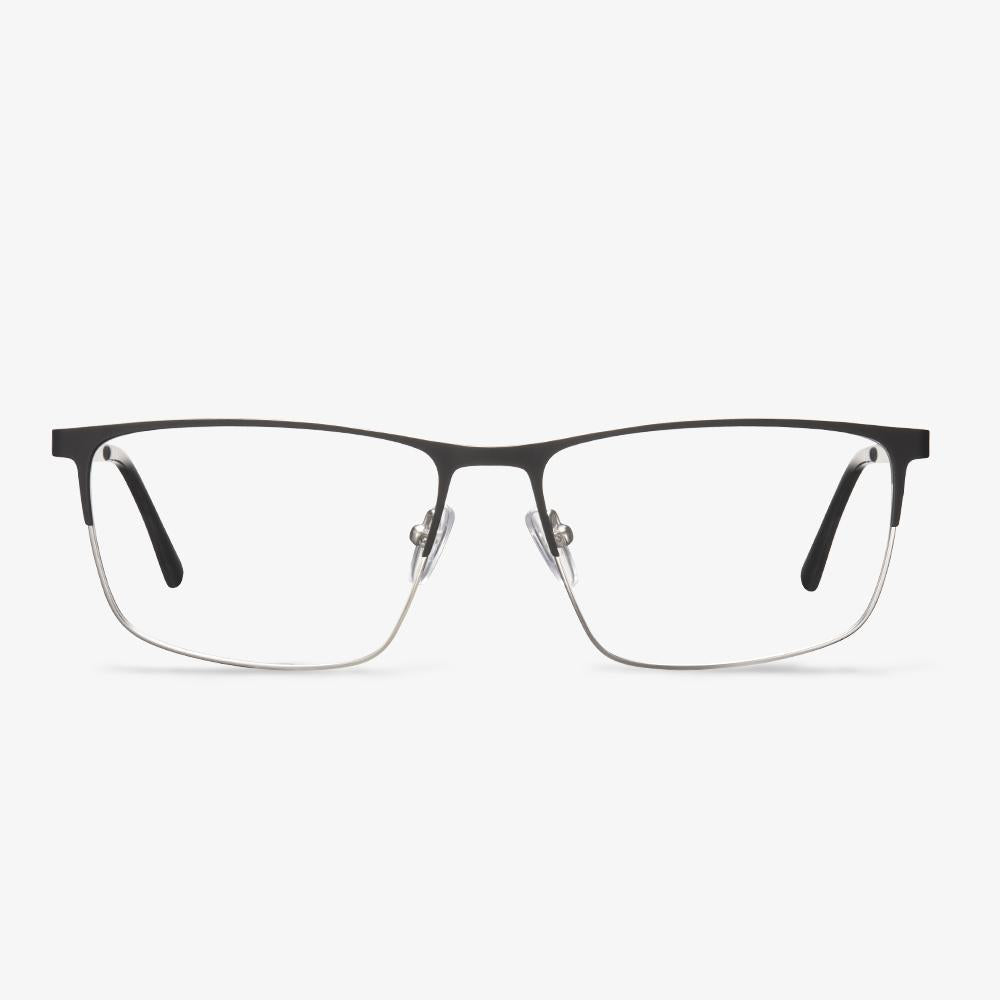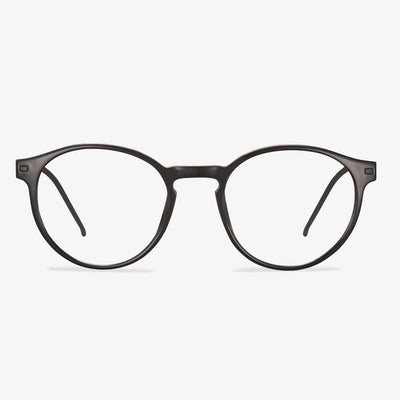What is blue light?
To prevent blue light, we must first understand what blue light is. The visible light with a wavelength range of 400-500 nanometers is called blue light. The light sources used in daily LED lighting and display products, including mobile phones, flat panels, and TVs, are mostly LED light sources excited by blue light. However, not all blue light is harmful to the human body. The human eye has an extremely low tolerance to blue light radiation in the 400-440 nanometer range. When the light intensity enters this threshold, photochemical damage is likely to occur. However, blue light radiation in the range of 459-490 nanometers is essential for regulating the human body's circadian rhythm and can affect the secretion of human melatonin, which in turn has an impact on the body's biological clock, alertness, and mood.
Scientifically effective anti-blue light lenses must not only block harmful blue light but also cannot filter beneficial blue light. Most of the ineffective anti-blue light products on the market currently have two types of problems. One is that there is almost no protective effect on the blue light in the vulnerable zone of the human eye. The other is excessive protection, shielding the blue light spectrum in the beneficial band so that the blue light that is beneficial for physiological adjustment cannot enter the human eye. At the same time, the color of the lens is yellow, which is prone to color shift, aggravating visual fatigue, and even inducing the risk of myopia.
Distinguish true and false myopia firstly.
Children's eyesight is not good for many reasons, excluding organic reasons. Hyperopia, myopia, astigmatism, and other refractive error factors can cause. False myopia, called modulatory myopia on medicine, is caused as a result of eye ciliary muscle overregulation. False myopia is in ciliary muscle paralysis, and the degrees disappear after putting pupil to remove adjustment.
Where to Buy Glasses for Big Heads?
After learning which eyeglasses frames are suitable for big heads, you may ask where to buy them. To buy them, the online glasses store - Koalaeye Optical is recommended. It provides all kinds of glasses, eyeglasses and frames. What’s more, these glasses frames are cheap and stylish. You can also get the prescription glasses online and they will be mailed to you with great convenience.
The Cons of Progressive Lenses
In this section, we will show you the cons of progressive lenses. There are some problems with progressive lenses especially when walking up and downstairs. Since the reading correction is at the bottom, the stairs may appear closer than they actually are. But this problem can disappear if you have adapted to them.
In addition, all measurements must be exact when creating a pair of progressive glasses. The optical center of the lenses must be placed exactly in front of your pupils in order to the lenses to work correctly.
Also, some people may find that it is difficult to adapt the progressive lenses, and it may take a few days to adapt them.
These are the progressive glasses’ pros and cons. If you want to a pair of progressive glasses, Koalaeye glasses are recommended. Koalaeye glasses are stylish and come at a cheap price. Besides progressive glasses, Koalaeye Optical also provides other eyeglasses, such as blue light block glasses, polarized glasses, sunglasses, and so on. So, if you need a pair of progressive glasses, try Koalaeye glasses.
What Are Varifocal Glasses?
Varifocal glasses, also known as varifocals, varifocal lenses, PALs, or progressive lenses, have a gradual change in strength from the top of the lens to the bottom with multiple focal points in between. This allows you to see all distances and focus points through just one lens. Varifocal lenses are typically used when you have two prescriptions, one for distance and one for reading.
There are three regions of a varifocal lens which are distant zone, intermediate zone and, near/reading zone. Usually, the upper portion of the varifocal lens is the distant zone and the bottom portion of the varifocal lens is the near or reading zone.
One of the benefits of varifocal glasses is that you do not need to prepare 2 separate pairs of glasses or need to switch between frames for different vision needs.
Myopia Glasses
Glasses are lenses used to correct vision or protect eyes. It is not only an eye protection product but also a cosmetic decoration. Nowadays, there are more and more varieties of glasses, and the classification is getting more and more detailed. In addition to myopia glasses, reading glasses, and sunglasses, it also includes driver protective glasses, computer protective glasses, leisure goggles, and sports goggles, which are suitable for special industries, special work, and leisure and entertainment. Moreover, the progress of the times promotes the maturity of people's consumer psychology. Consumers pay more attention to the diversification and individualization of products. The demand for glasses has risen from a single level of vision care to three-dimensional consumption spaces such as humanities and aesthetics. This will stimulate the research, development, and sales of new varieties and new styles of glasses, and bring new opportunities for the development of the glasses retail industry.
Myopia glasses mainly include frame glasses and contact lenses. With the increasing demand for glasses by people who love beauty, myopia glasses have begun to combine the beautiful nature of sunglasses, and many new products have come out. The addition of contact lenses can be regarded as a supplement in terms of myopia glasses. The popularity of contact lenses has a sufficient reason that it eliminates the trouble of frame glasses, does not affect the appearance, and the feeling of seeing objects is more three-dimensional.
Optometry glasses are not professional
Some people will not only experience dizziness when they change their glasses but also have headaches, nausea, vomiting, inattention, neurasthenia, and other symptoms from time to time. And some people even deepen myopia. This is most likely due to unqualified glasses and inaccurate optometry. In short, this eye discomfort is caused by the inconsistency between the power of the glasses and the actual condition of the eyes. Optometry before filling a prescription is a very important step. In addition to checking myopia and astigmatism, it is also necessary to check for eye disease, binocular vision balance, monocular ability, primary vision discrimination, interpupillary distance, etc. In this way, suitable glasses can be fitted according to the overall situation of the person's eyes. The spectacles must also match the parameters of vertex, interpupillary distance, cylindrical lens axis position, etc. Otherwise, it will directly affect the effect of correcting vision, cause the user's visual fatigue, and increase the emphasis on power loss.











































